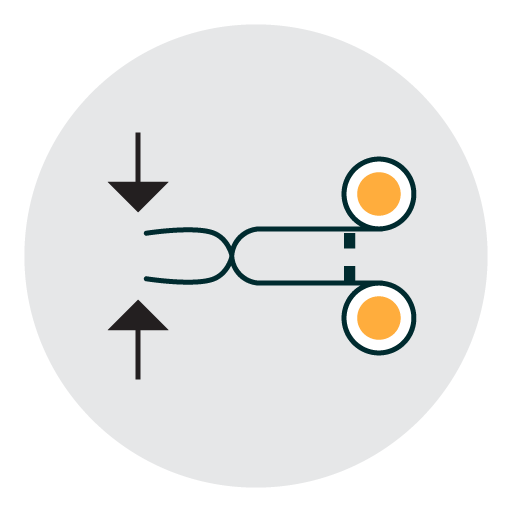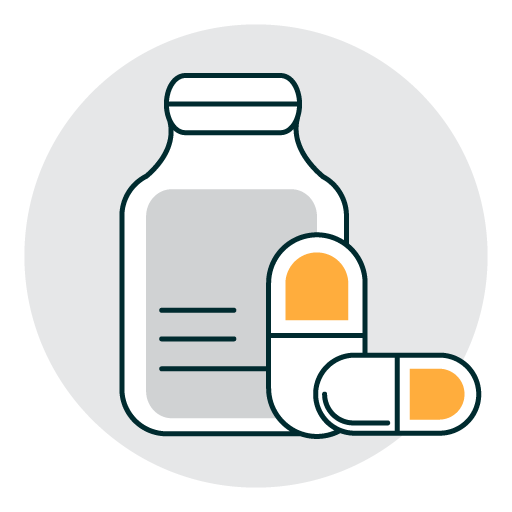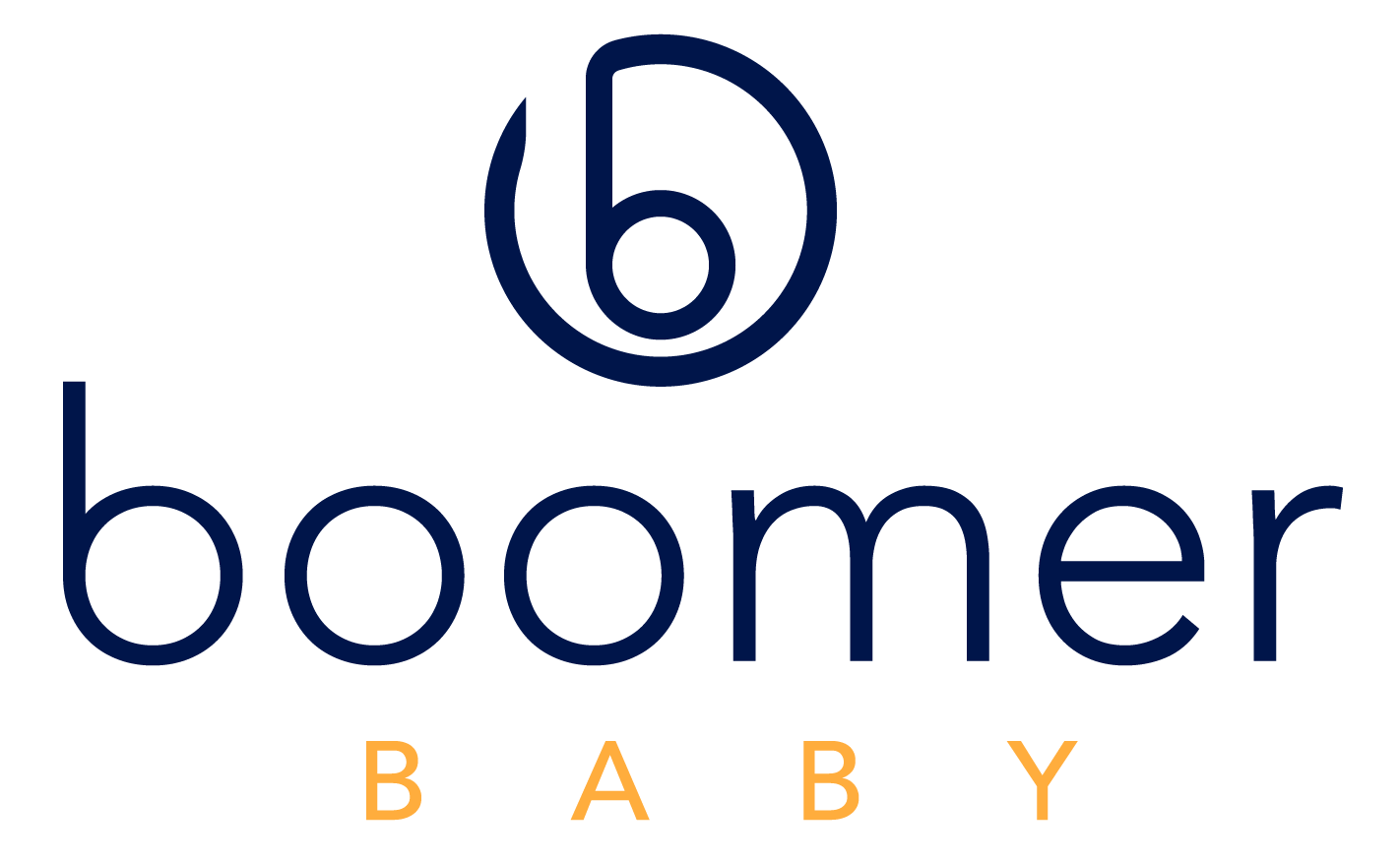
Types of Medicare Insurance Plans
Revised on August 9, 2022
Understanding the types of Medicare Plans
Many Medicare-eligible individuals choose to add a Medicare insurance plan to help with the medical and prescription costs not covered by Original Medicare (Part A and Part B). There are several types of Medicare insurance plans to choose from and we have included information about the most common below:1.Medicare Advantage Plans (also known as Part “C”)2.Medigap Plans (also known as “Medicare Supplement”)3.Prescription Drug Coverage (also known as “Part D”)
Medicare Advantage Plans

- Medicare Advantage is an “all in one” alternative to Original Medicare. These “bundled” plans include Part A, Part B, and usually Part D and are offered by private insurance companies approved by Medicare.
- You must have Part A & Part B in place to enroll in a Medicare Advantage plan. You will continue to pay the Part B premium in addition to the premium of your Medicare Advantage plan.
- Medicare Advantage plans may have lower out-of-pocket costs (like co-pays, deductibles and co-insurance) than Original Medicare.
- Medicare Advantage plans require you designate a primary care provider and obtain referrals to see specialists. In many cases, you’ll need to use doctors and other providers who are in the plan’s network and service area or pay out-of-pocket.
- During the annual enrollment period, October 15th- December 7th, you may enroll in or change to a new Medicare Advantage plan.
- Most plans offer extra benefits that Original Medicare doesn’t cover—like vision, hearing, dental, and more.
- Medicare special needs plans (SNP) are a type of Medicare Advantage plan limited to people with specific chronic conditions, who reside in an institution and/or who have both Medicaid and Medicare.
- There are several types of Medicare Advantage plans to choose from, but plan availability varies by region. To be eligible to enroll, you must reside in the Medicare Advantage plan’s service area.
Medigap Plans (also knows as Medicare Supplement plans)

- Medigap plans help fill “gaps” in Original Medicare (Part A and Part B) and are offered by private insurance companies approved by Medicare. Original Medicare pays for some, but not all, of the costs for covered health care services and supplies. A Medigap policy can help pay some of your remaining health care costs, like co-payments, co-insurance and deductibles.
- With a Medigap plan you can see any provider across the nation as long as they accept Medicare assignment.
- You must have Part A & Part B in place to enroll in a Medigap plan. You will continue to pay your your Part B premium (and Part A if you do not qualify for premium free Part A) in addition to the premium of your Medigap plan.
- You can enroll in a Medigap plan without going through a medical underwriting review during the 6-month period that begins when you are 65 or older and enrolled in Medicare Part B. This is referred to as your “guaranteed issue right”. Some states have additional protections that allow residents other opportunities to enroll in a Medigap plan outside of this window.
- If you have Original Medicare and you buy a Medigap policy, Medicare will pay its share of the Medicare-Approved Amount for covered health care costs. Then, your Medigap policy pays its share.
- Any standardized Medigap policy is guaranteed renewable even if you have health problems. This means the insurance company can’t cancel your Medigap policy if you continue to pay the premium.
- Medigap policies sold after January 1, 2006 aren’t allowed to include prescription drug coverage. To enroll in prescription drug coverage, you can join a stand-alone Medicare Part D prescription plan.
- Some Medigap policies also cover services that Original Medicare doesn’t cover, like medical care outside of the U.S, vision and hearing.
Prescription Drug Coverage (Part D)

- Medicare prescriptions drug plans (Part D) help cover the cost of prescription drugs, not covered by Original Medicare. Part B generally covers drugs you wouldn’t usually give to yourself, like those you get at a doctor’s office or hospital outpatient setting.
- You can enroll in a Part D Prescription Drug plan in addition to Original Medicare and/or a Medigap plan. You can also get prescription drug coverage by enrolling in a Medicare Advantage plan with drug coverage.
- You must be enrolled in either Medicare Part A or Part B to enroll in Part D.
- Though enrolling in a Part D plan is optional, Medicare eligible individuals must have “creditable” drug coverage or pay a penalty. You may not need to enroll in Part D if you have drug coverage from elsewhere that is “creditable”. Plans are required by law to tell you whether your coverage is creditable.
- You can enroll in or change your Part D prescription drug plan during the annual open enrollment period which runs each year between October 15 and December 7.
- Part D plans have their own list of covered drugs, called formularies, which are often placed into “tiers”. Drugs in each tier have different costs and drugs in lower tiers will generally cost you less than drugs in a higher tier.
